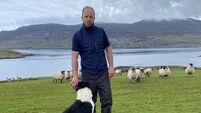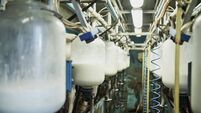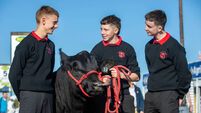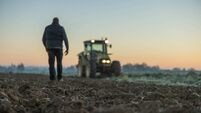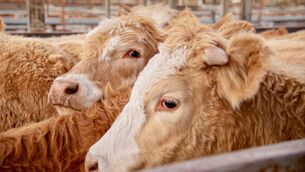Make full use of cattle slurry N, P & K
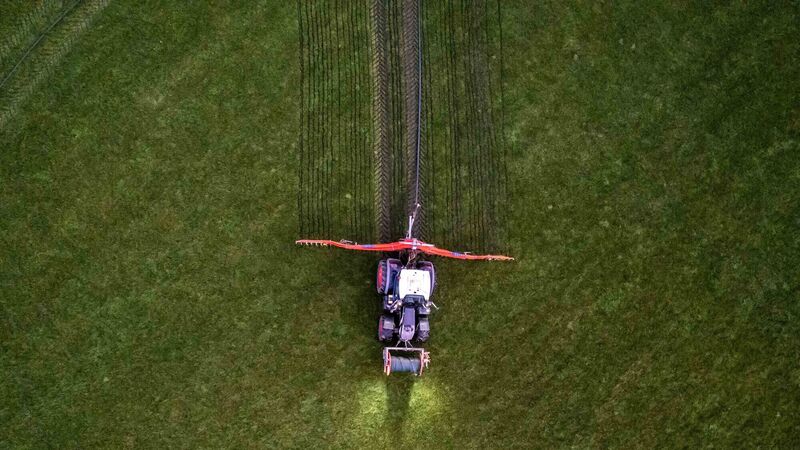
Dennehy Harvesting Contractors spread slurry on farmland in Clounkeen on the last day of January. The Ballyhooley-based contractors fill a mobile slurry tank via New Rock 4000 slurry tankers and pump the slurry to a dribble bar spreader. This form of slurry spreading helps to cut emissions, which is better for the environment. Picture: Andy Gibson.
With fertiliser prices, remaining at all-time highs in early 2023 cattle slurry will be a key resource on farms to reduce the impact of high N, P & K prices. Firstly, retaining more slurry nitrogen (N) to grow grass in the early part of the year reduces farm chemical N requirements. Secondly, target slurry to parts of the farm that have a P and K requirement. This ensures full utilisation of all the nutrients in slurry.
Reducing chemical N use on farms will reduce nitrous oxide emissions. Nitrous oxide is one of the main greenhouse gases we need to reduce. It is important that where farmers are capturing more N from slurry that there is a corresponding reduction in chemical N use. Using LESS and spreading slurry in springtime has to be matched by a reduction in chemical N use to have an impact on greenhouse gas emissions. The use of LESS (Trailing shoe/band spreader) is one of the key technologies available to meet our national ammonia-gas reduction target between now and 2030.



